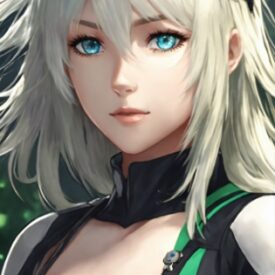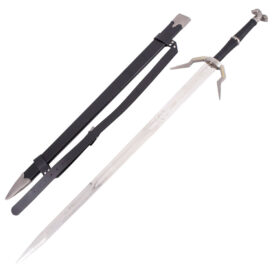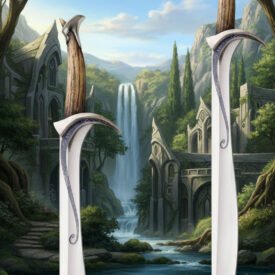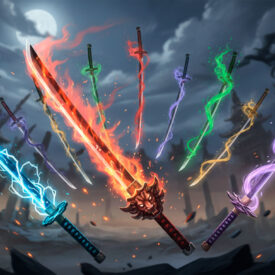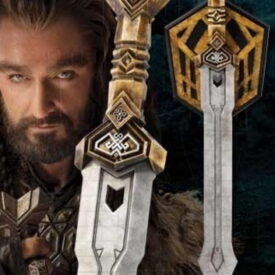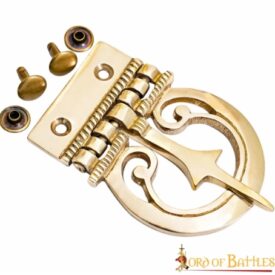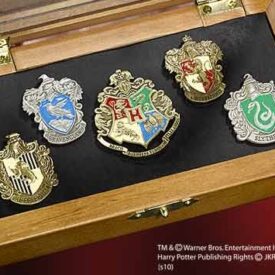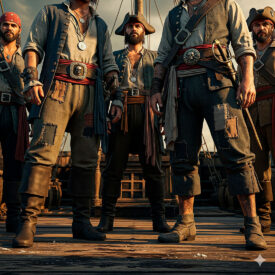The Best Legend of Zelda Swords for Your Collection
What does it feel like to wield a blade that cuts through eras and destinies? Imagine the blue glow of the Master Sword reflecting a light that does not belong to this time. That feeling is what the The Legend of Zelda saga has captured since 1986: swords that not only cut enemies, but cut history itself.
In this article, you will discover the chronology of the most relevant swords, the origin and evolution of the Master Sword, a technical and narrative review of other iconic blades such as the Goddess Sword and the Biggoron’s Sword, and a detailed guide for collectors on replicas, materials, and conservation. At the end, you will find a selection of links with replicas to explore more.
Chronology of swords wielded by Link
| Period/Game | Event/Description |
|---|---|
| Origins | |
| Skyward Sword (2011) | The Goddess Sword is forged by the goddess Hylia and contains the spirit of Fay; tempered in the sacred flames of the Golden Goddesses, it progresses to become the Master Sword, capable of repelling evil; after defeating the Herald of Demise, his remains are sealed in the blade and the sword is deposited on the pedestal of the Sealed Temple (future ruins of the Temple of Time). |
| Time jump and timeline split | |
| Ocarina of Time (1998) | Upon drawing the Master Sword from the Temple of Time, Link is sealed for seven years and awakens as the Hero of Time; the sword allows passage between childhood and adulthood when placed in or removed from the pedestal; in the end, the sword is returned and the timeline fractures into multiple realities. |
| Timeline: Hero’s Downfall | |
| A Link to the Past (1991) | First appearance of the Master Sword in the series (in terms of release); Link finds it in the Lost Woods after gathering the three pendants of virtue; it can be improved by blacksmithing to tempered sword and gold sword; shoots energy rays with full health. |
| Oracle of Seasons / Oracle of Ages (2001) | The Master Sword appears as the most powerful available through linked gameplay; its origin seems different from the canonical (upgrade of the Noble Sword), so it could be a different weapon that shares name and form. |
| A Link Between Worlds (2013) | Sequel to A Link to the Past: the Master Sword is in the Lost Woods; Link obtains it after gathering three pendants and can upgrade it up to three levels with master ore, changing its power and color. |
| Timeline: Child Link | |
| Twilight Princess (2006) | The Master Sword rests in the ruins of the Temple of Time, in the Sacred Grove; it is essential to break the wolf curse and can be imbued with the energy of artificial suns to dissipate the Twilight; larger design in this game. |
| Timeline: Adult Link | |
| The Wind Waker (2002) | Sealed beneath Hyrule Castle during the Great Flood; upon removing it, Link breaks the seal and Ganondorf’s army; the sword has temporarily lost its power to repel evil because the sages were killed; Link restores its strength by finding the descendants of the sages; it is used to petrify Ganondorf. |
| Timeline: Unknown / Later Branch | |
| Breath of the Wild (2017) | The Master Sword rests in the Korok Forest at the foot of the Great Deku Tree; 100 years earlier Link wielded it and it was damaged while protecting Zelda; it requires at least 13 hearts to be obtained; it does not break but temporarily loses power and regenerates; its attack doubles against evil energy (30→60), shoots rays with full health and its range increases with more hearts; it is not essential to defeat Ganon in this game. |
| Tears of the Kingdom (2023) | The Master Sword appears damaged by Ganondorf’s darkness; in the past, it is infused with Zelda’s divine light over eons, recovering and acting as a symbol of the princess; it inflicts additional damage against enemies affected by the evil aura and can ethereal fusion with other objects. |
| Other notable swords in Link’s chronology | |
| Starting Swords | Basic blades Link usually starts with: Kokiri Sword (Ocarina of Time, Majora’s Mask), Wooden Sword (various), Recruit’s Sword (Spirit Tracks), Fighter’s Sword (A Link to the Past). Low damage and replaced quickly. |
| Limited Swords | Razor Sword (Majora’s Mask) and Giant’s Knife (Ocarina of Time) offer high damage but break after a few hits; the Razor Sword is lost when restarting the time cycle in Majora’s Mask. |
| Mid-level and Upgraded Swords | White Sword (original), Picori Blade (The Minish Cap, base of the Four Sword), Noble Sword (Oracle of Ages/Seasons, can fire beams); Goddess Sword (precursor in Skyward Sword, upgrades to Master Sword); Royal Guard’s Claymore (BotW/ToTK) stands out for high power and massive damage just before breaking. |
| Swords with Unique Abilities | Four Sword (Four Swords Adventures / The Minish Cap) divides Link into four for puzzles and combat; Oshus’s Sword and Phantom Sword (Phantom Hourglass) are the final weapons to defeat Phantoms; Lokomo Sword (Spirit Tracks) similar to the Master Sword from The Wind Waker and effective for stunning Phantoms, allowing Zelda to possess them. |
The Master Sword: anatomy of a legend
The Master Sword is not just a weapon; it is another character in the saga. It has will, history, and rules that govern it. Understanding its anatomy helps to understand why collectors and designers elevate it to a cultural icon.
Design and symbolism: its blade is usually a pale blue with runes or the Triforce engraved on the guard. The golden gem and the curvature of the hilt convey purity and destiny. Narratively, it functions as a key, seal, and proof of dignity.
Common mechanics: in many titles, the Master Sword has two constant attributes: it recognizes its wielder and has a direct relationship with evil. In modern installments, its power can double near evil energies and, curiously, it does not break: it runs out and regenerates. This mechanic symbolizes the idea that justice cannot be destroyed, only rest.
Key canonical appearances: Skyward Sword establishes its origin as the Goddess Sword; Ocarina of Time makes it a temporal key; A Link to the Past shows it as an upgradeable weapon; Breath of the Wild presents it as rested and regenerative; Tears of the Kingdom connects it with Zelda’s light and ethereal fusion.
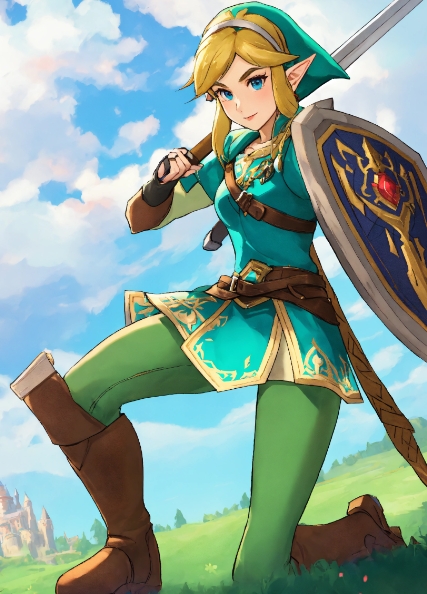
Other blades that tell stories
In addition to the Master Sword, Link has carried weapons that represent stages of his journey. Each blade offers a nuance of gameplay and narrative: brute force, sacrifice, speed, or contained magic.
Goddess Sword
Origin and evolution: presented in Skyward Sword as the precursor to the Master Sword, the Goddess Sword progresses with the player to become something more. It is delicate in its aesthetics but loaded with meaning, because its transformation symbolizes the forging of the hero.
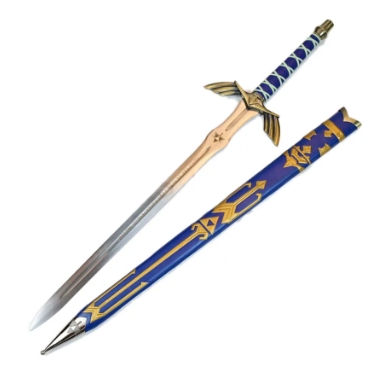
Biggoron’s Sword
Raw power: the Biggoron’s Sword is the promise of overwhelming strength. In games like Ocarina of Time, its weight and damage make it a tool for defeating bosses, although its limitation is mobility. In terms of replica, its size is a statement: it takes up space and gazes at anyone who enters the room.
Royal Guard Claymore and greatswords
In recent titles such as Breath of the Wild and Tears of the Kingdom, greatswords emerge with high attack but less utility in defense. These weapons reflect a risk/benefit design: massive damage in exchange for speed and durability.
Starting swords and upgrades
Basic swords, such as the Kokiri Sword or the Wooden Sword, are important from a narrative point of view: they represent the beginning of the journey. Upgraded versions (White Sword, Noble Sword, Tempered Sword) narrate the hero’s progression through mechanics.
Quick comparison of iconic swords
| Sword | Featured Game | Role in Gameplay | Main Feature |
|---|---|---|---|
| Master Sword | Ocarina of Time / BOTW / ToTK | Main and narrative weapon | Recognizes the wielder; power varies with evil; does not break. |
| Goddess Sword | Skyward Sword | Narrative precursor | Evolves into the Master Sword; linked to divine origin. |
| Biggoron’s Sword | Ocarina of Time | Brute Force | High damage; imposing size; sacrifices mobility. |
| Royal Guard Claymore | Breath of the Wild / ToTK | High-powered greatsword | Maximum damage before breaking; ideal for final blows. |
Replicas and merchandising for your collection
The correct replica connects history, craftsmanship, and function. When evaluating a replica, aesthetic fidelity, materials, and finishes must be considered. Are you looking for a display piece or a robust replica for recreation? The answers will dictate your choice.
Materials and construction
Stainless steel, tempered alloys, resin, and wood are common materials. A well-tempered metal blade and a riveted guard are signs of quality in replicas designed to last. Variants in resin or foam are suitable for cosplay, while steel and wood replicas offer museum-like presence without being museum pieces.
Design fidelity
Look for details: engravings, handle coloration, gem inlays, and the proportion between blade and guard. The Master Sword, for example, has an unmistakable silhouette; a convincing replica will reproduce the curve of the guard and the Triforce pattern.
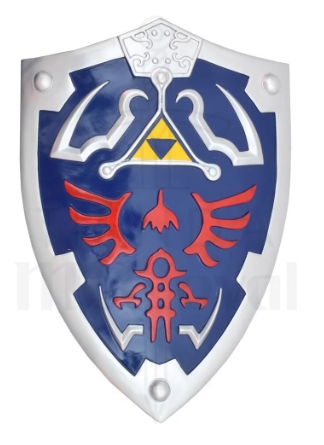
Authenticity and licenses
There are licensed replicas and others that are unofficial inspirations. Both can be excellent, but licensing guarantees greater respect for the original design and, often, superior materials. If historical fidelity matters, prioritize versions that declare their origin or offer manufacturer documentation.
Maintenance and conservation for collectors
A well-cared for replica ages better. Regular cleaning, protection from humidity, and avoiding prolonged sun exposure preserve metals and pigments. For metal blades, a dry cloth and a light coat of protective oil at the joints are recommended; wooden handles are treated with specific wood waxes.
Storage: use padded supports or internal covers, and avoid direct contact with other pieces that could cause scratches. A blade that has been stuck in a base for years can develop micro-marks; if you display several pieces, leave space between them.
How to evaluate a replica before buying
- Detailed photographs: look for high-resolution images from various angles.
- Listed materials: transparent manufacturers usually indicate steel type, coatings, and woods.
- Reviews and time on the market: the experience of other collectors reveals the consistency of quality.
- Warranty policy: a seller with a warranty demonstrates confidence in their product.
Narrative aspects that matter
As a cultural object, each sword tells a part of the legend. The Master Sword speaks of destiny; the Biggoron’s of sacrifice; the Goddess Sword of divine origin. For a collector, understanding that narrative adds intangible value to the piece: you collect not just metal or resin, you collect the echo of an epic.
Comparative table of aspects for collectors
| Aspect | Display Replica | Recreation Replica | Licensed Luxury Replica |
|---|---|---|---|
| Material | Wood, light alloy, precise paint | Foam, flexible resin | Tempered steel, leather and noble wood handle |
| Weight | Light to medium | Very light | Heavy, real feel |
| Durability | High for display | High for event use, moderate long-term | Very high, treated for corrosion |
| Fidelity | High | Variable | Maximum |
The emotional and cultural value of swords
The attraction to these blades goes beyond collecting: it is a connection with stories that shaped the imagination of several generations. Each replica is an invitation to relive a passage from Hyrule, to feel the breath of the legend, and to understand why a sword stuck in a pedestal remains as powerful a symbol as Excalibur.
Summary of key ideas
The swords of The Legend of Zelda combine design, mechanics, and myth. The Master Sword remains the central axis of the narrative; other weapons complement the gameplay experience and mythology. When evaluating replicas, prioritize materials, fidelity, and maintenance. Your collection should tell a story both visually and emotionally.
If you are passionate about the world of Hyrule, these blades are pieces that unite gameplay and myth. Keep the proportions, protect the details, and choose replicas that respect the essence of each weapon: thus your collection will resonate with the same force as a well-told story.

